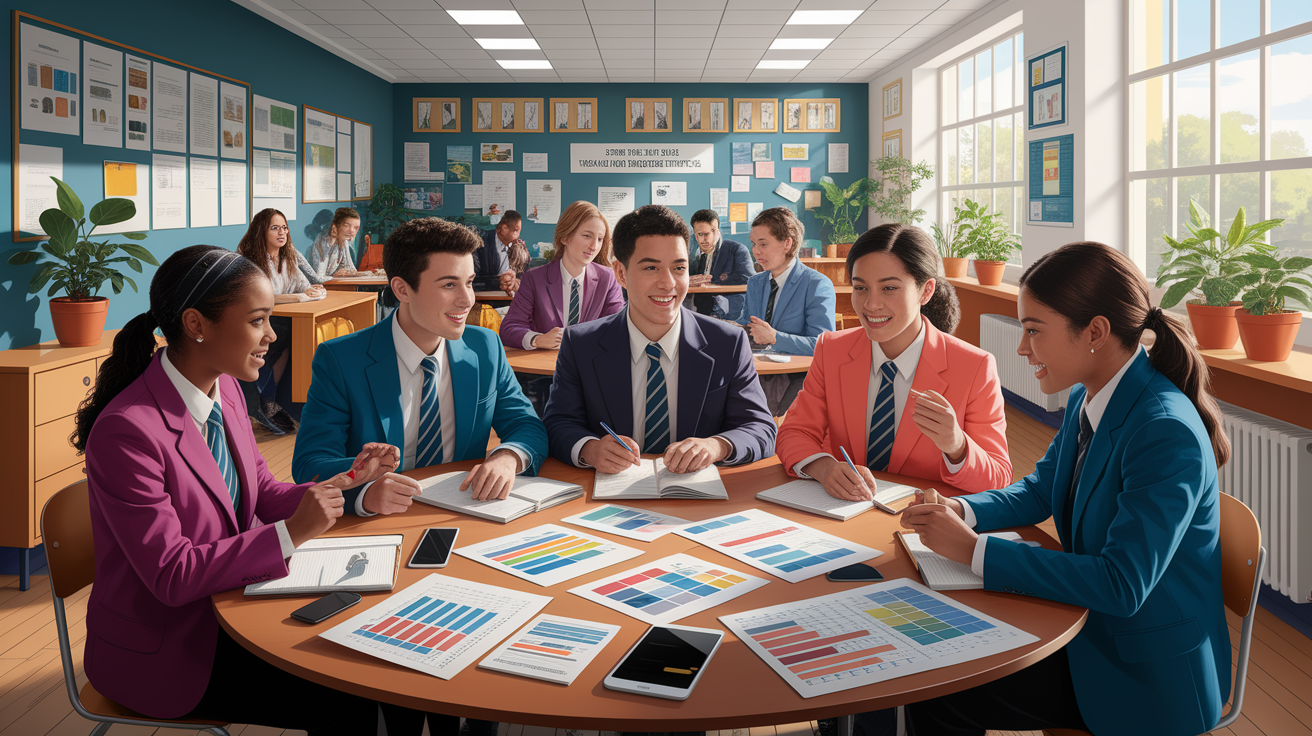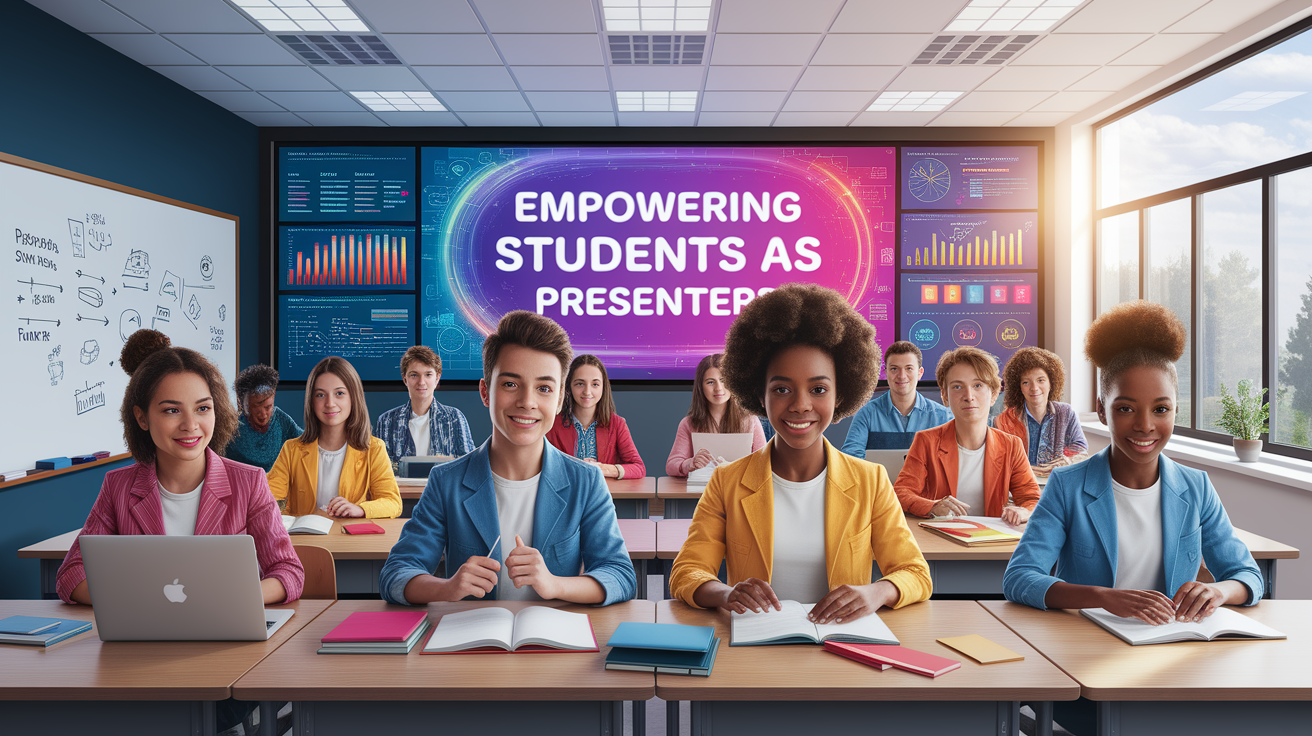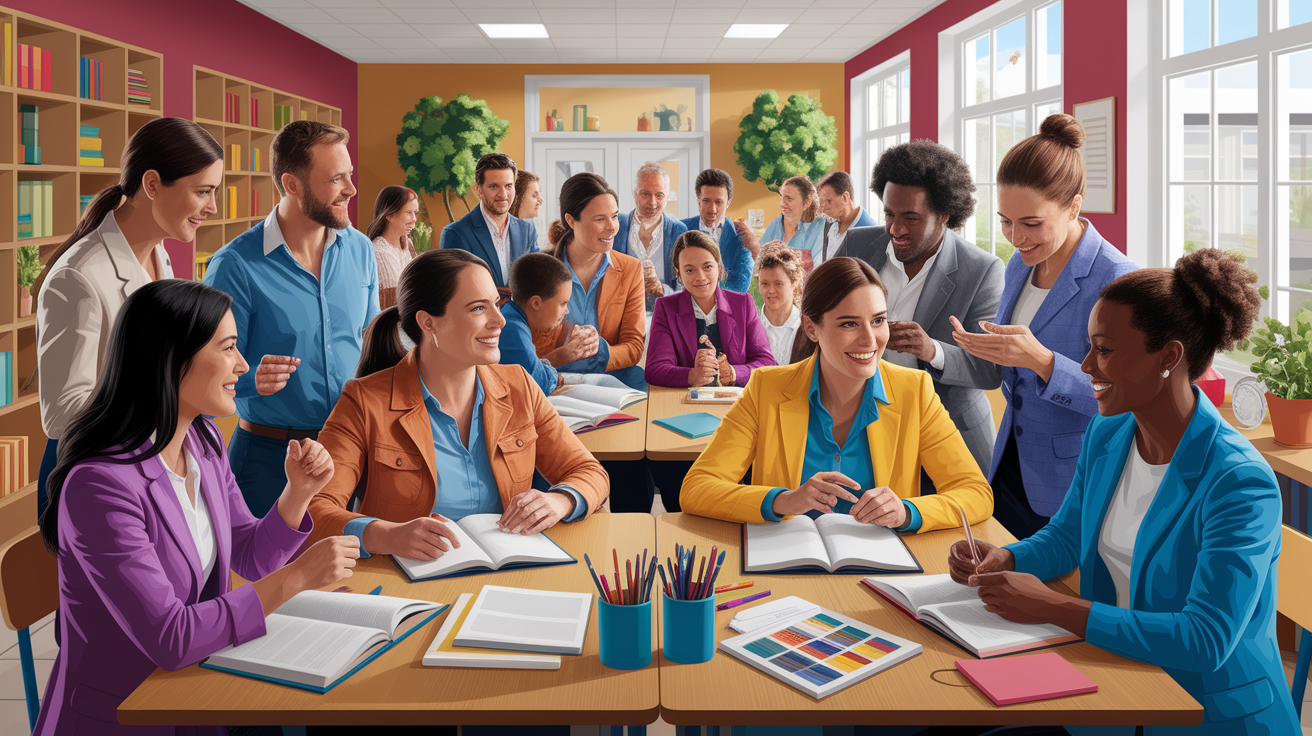Opening the Dialogue: Crafting Student-Led Conferences for Success
Imagine a parent-teacher meeting where the real star of the show isn’t the teacher — it’s the student! That’s the magic of student-led conferences (SLCs). In this format, students lead the discussion about their academic progress, challenges, and victories by sharing their own work, reflections, and goals. Instead of teachers doing all the talking, the student’s voice takes center stage, fostering self-advocacy and ownership. This shift transforms what could be a nerve-wracking meeting into an academic showcase and a collaborative planning space for the future.

Building the Conference Framework
A successful SLC doesn’t just happen — it’s the result of thoughtful conference planning. First, clearly define the conference format, including the duration, sequence, and the role of each participant. Provide students with a student-led conference planning template to guide their preparation. Most importantly, have a clear process for student portfolio preparation. Whether using physical binders or digital portfolios, these collections of work act as evidence of progress and learning objectives achieved over time.

Framework essentials include:
- Scheduled preparation sessions with teacher guidance.
- A clear checklist of materials for portfolio inclusion — from essays to math problem-solving samples.
- Reflection prompts to help students articulate both strengths and growth areas.
- Time to rehearse presentation skills and transitions between topics.
Empowering Students as Presenters
Those first moments of presenting to your parents and teacher can be thrilling and a bit nerve-wracking. This is where student empowerment shines. By teaching students specific student presentation skills, you help them step confidently into the role of leader in their own learning journey.

Practical ways to empower include:
- Role-playing conference scenarios to boost confidence.
- Coaching on body language, clear articulation, and pacing.
- Encouraging honest self-assessment and setting personal academic goals.
- Allowing choice in how to present learning evidence—through slideshows, posters, or hands-on demonstrations.
When students become comfortable presenting, they not only share their academic progress but also build life skills like public speaking and leadership, making the SLC experience both meaningful and transferable to future situations.
Engaging Parents and Educators
Parents often leave traditional parent-teacher conferences wanting more personal insight into their child’s learning. SLCs deliver that connection by inviting them into the reflection process itself. According to Share Your Learning, this approach strengthens educational partnerships, boosts parent engagement, and promotes equity by ensuring every student’s voice is heard.

Teachers, meanwhile, act as facilitators: they set the stage, support students during preparation, and provide feedback after the event. This three-way conversation — student, parent, and teacher — ensures academic accountability while also deepening relationships between home and school.
Executing and Reflecting
The big day arrives! Students welcome their families, walk them through their portfolios, and explain the story behind each piece of work. They highlight successes, acknowledge challenges, and discuss strategies for improvement. Effective execution means allowing space for parents and teachers to ask questions without taking over the conversation.
After the meeting, take time for reflection. This could mean having students respond to student-led conference reflection questions or discussing next steps in a follow-up class session. Reflection helps to cement the learning from the conference, creating a clear bridge between the meeting and future classroom efforts.
Closing Curtain: Celebrating Milestones and Next Steps
When the conversations wind down and the portfolios are closed, don’t forget the final — and arguably most joyful — step: celebrate! Recognize each student’s courage in sharing their learning, acknowledge the progress they’ve made, and set those next academic goals. This “curtain call” moment reinforces that learning is a continuous journey and that every step, big or small, is worth celebrating.
In the end, designing effective student-led conferences is all about creating opportunities: for students to lead with confidence, for parents to engage deeply with their child’s learning, and for teachers to see their students in a new light. With thoughtful planning and plenty of encouragement, SLCs can become a highlight of the school year — a true celebration of growth, effort, and connection.




